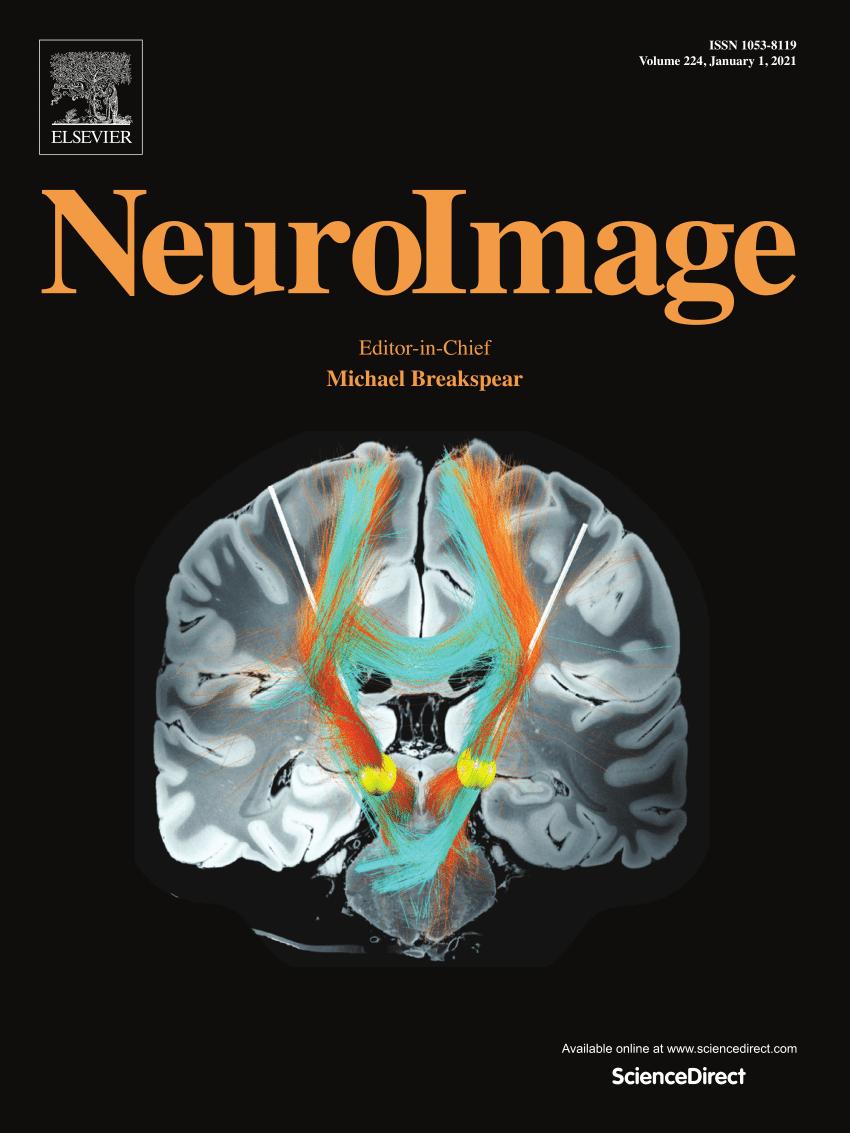探索机器人辅助手术模拟中的多维脑机制。
IF 4.5
2区 医学
Q1 NEUROIMAGING
引用次数: 0
摘要
机器人辅助手术系统的引入彻底改变了外科手术程序;然而,目前的培训项目往往忽视了手术过程中大脑活动的作用,这使得检测外科医生之间的认知差异变得具有挑战性。为了解决这一差距,本文使用机器人手术模拟系统设计了一个与真实手术场景非常相似的实验任务。该研究引入了主成分分析(PCA)权重和马氏距离作为识别认知差异的指标,重点研究了在频域、神经连通性和图论方面不同手术熟练程度的大脑机制。频域分析显示,与经验不足的外科医生相比,经验丰富的外科医生在执行任务时,在前额叶皮层(Fp1, Fp2)、枕叶皮层(O1, O2)和顶叶中线皮层(Pz)的α带表现出更大的激活。连通性分析表明,高水平外科医生表现出更高的神经效率,其特点是局部活动较弱,但大脑区域的整体整合增强。图理论分析进一步强调了网络组织的差异,高水平的外科医生在局部专业化和大脑网络的全球整合之间实现了平衡的相互作用。最后,分类和消融实验证实,本研究确定的脑电图特征可以根据手术经验有效地区分外科医生。这些发现为外科手术熟练程度的潜在脑机制提供了有价值的见解,并为支持外科医生培训和客观评估手术技能提供了潜在的应用。这项研究为机器人手术更有针对性的训练项目的发展铺平了道路,最终提高了技能发展和绩效评估的有效性。本文章由计算机程序翻译,如有差异,请以英文原文为准。
Exploring multidimensional brain mechanisms in robot-assisted surgical simulation
The introduction of robotic-assisted surgical systems has revolutionized surgical procedures; however, current training programs often overlook the role of brain activity during surgery, making it challenging to detect cognitive differences between surgeons. To address this gap, this paper designed an experimental task closely resembling real surgical scenarios using a robotic surgical simulation system. The study introduced Principal Component Analysis (PCA) weights and Mahalanobis distance as metrics for identifying cognitive differences, with a focus on investigating the brain mechanisms underlying varying levels of surgical proficiency in terms of frequency domain, neural connectivity, and graph theory. Frequency domain analyses revealed that experienced surgeons exhibited greater activation in the alpha bands of the prefrontal cortex (Fp1, Fp2), occipital cortex (O1, O2), and midline parietal cortex (Pz) during task execution, compared to less experienced surgeons. Connectivity analysis indicated that high-level surgeons demonstrated superior neural efficiency, characterized by weaker localized activity but enhanced global integration of brain regions. Graph theoretical analyses further highlighted differences in network organization, with higher-level surgeons achieving a balanced interplay between local specialization and global integration of brain networks. Finally, classification and ablation experiments confirmed that the EEG features identified in this study effectively differentiate surgeons based on their operational expertise. These findings provide valuable insights into the underlying brain mechanisms involved in surgical proficiency and offer potential applications for supporting surgeon training and objective assessment of surgical skills. This research paves the way for the development of more targeted training programs for robotic surgery, ultimately enhancing the effectiveness of skill development and performance evaluation.
求助全文
通过发布文献求助,成功后即可免费获取论文全文。
去求助
来源期刊

NeuroImage
医学-核医学
CiteScore
11.30
自引率
10.50%
发文量
809
审稿时长
63 days
期刊介绍:
NeuroImage, a Journal of Brain Function provides a vehicle for communicating important advances in acquiring, analyzing, and modelling neuroimaging data and in applying these techniques to the study of structure-function and brain-behavior relationships. Though the emphasis is on the macroscopic level of human brain organization, meso-and microscopic neuroimaging across all species will be considered if informative for understanding the aforementioned relationships.
 求助内容:
求助内容: 应助结果提醒方式:
应助结果提醒方式:


